
Meditation for beginners. How do you meditate and where do you start? With the benefits of meditation becoming more and more clear this is one habit that is worth getting off the ground. But if you’re a busy person where on earth do you start and what meditation methods work? And how do you get past some of the common roadblocks to a great practice?
There is a lot to cover here so today’s episode is the second of a two-part series on meditation for beginners.
Last week on Episode 31 I shared with you the benefits of meditation, some of the common roadblocks to meditation, why I meditate and some of my experiences of meditation.
Today I’m covering why meditation is such a vital part of self-empowerment and share with you seven tips on meditation for beginners. I’ll also explain the type of meditation I teach that has worked for me as a person who has tendencies to want to “get things right the first time.” To help you get started I also share how you can get access to my free How to Meditate for Beginner’s Guide – that includes two free meditations – at the end.

Why is Meditation So Vital for Self-Empowerment
Aside from all of the health benefits of meditation I believe meditation is one of the cornerstone habits of highly self-empowered people. And I also think it’s often overlooked and under-utilised by people who would consider themselves high performers.
As I’ve said before this is about creating a 21st century upgrade for our brains. If we want to move from survival to truly thrive in our lives meditation is one of the key habits of self-empowered people.
Why? There are three reasons:
1. Meditation helps us connect with ourselves and what we truly want
When we meditate we are starting to create this relationship in our inner world. Many of us have spent a lot of time becoming adept at communicating in our outer world. We have learned to communicate with our families, our partners, in business or at work or with our kids. We can become good at relating with that outside framework. We’ve learnt what works and doesn’t work to get what we want. And sometimes that communication with others doesn’t work so well.
Why?
What I’ve noticed in myself, and those I work with is that we’ve not so good at communicating within ourselves. And this is what can create a lot of the blockages and difficulties in our relationships – when we’re not really clear about what our needs are, what our wants are, and what it is that we really want in life.
For me meditation has become a very vital tool for me to get to know myself and to understand what is truly important to me. It has really helped me to build a strong internal relationship with myself to come to know myself better, what’s what’s important, what’s not.
Related to this is the relationship I’ve built with my Inner or Higher Self. That part of me that is connected to all that is. When I meditate I am creating a direct line of communication with the greater reality. This gives me a deep sense of support and comfort and also inspiration. I always leave my daily meditations with a greater sense of calmness, connectedness, clarity and ideas.
2. We become less reactive and more responsive
The other gift of meditation is the gift of responding thoughtfully rather than immediately reacting to a situation.
This has improved all of my relationships and my work and business, because instead of reacting to things I now have access to extra time in what I call the “neutral” zone to consider how I really want to respond and what the best strategy is.
Instead of flying off the handle of things or getting upset, if someone says something that I took, personally, I now just have that moment in the neutral zone to reflect and not react.
This has helped me in all areas of my life. It’s given me space and time to think about how I want to respond, and if in fact, I want to respond at all. Now many times I don’t respond as it’s not worth the negative energy or impact on my own frequency and vibration. This has made my life a lot easier. A lot of the emotional or negative energy I used to deal with is gone. Life is so much easier with less drama let me tell you!
Why does this happen? Because meditation teaches us how to observe. That power of observation moves us from the subjective space to the objective space. The author of Bliss Brain Dawson Church, who I’m very excited about to be interviewing later this week, says this is where the real breakthrough comes in meditation. When we move from that place of being subjective and so inside our emotions that we cannot really see who are or what we are doing to this place of being more objective and observing our emotions.
3. It increases our awareness of our personal frequency
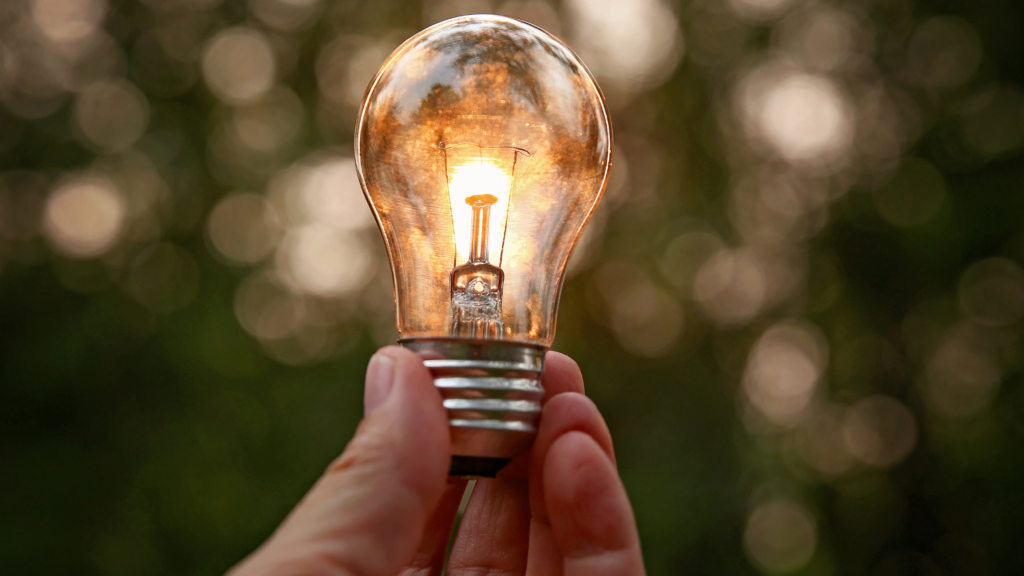
If you’ve listened before you’ve heard me share the fact that we are all energy in motion. In any given moment our brains produce up to 23 watts of energy – enough to light up a room. We literally are frequency and vibration – and we either get to choose consciously how we are going to be in any given moment or we can be unconscious like a small boat being buffeted about in the ocean.
Mediation has allowed me to choose my frequency more often and as such has become part of an overall framework that has revolutionized my life.
I’ve had such a breakthrough. By understanding this concept I’ve moved from someone who was very anxious and self doubting, very highly self critical, very perfectionistic to someone who’s much calmer, more decisive, more confident, more successful and much more fun. My daily life is enjoyable because I know I’m the creator of my reality. As such I choose how I want it to be and I’m consciously choosing the frequency (emotion) that I want to be living at.
You may remember in the last month or so on the podcast I’ve been talking about the Master Frequencies of love, trust, allowing, gratitude, self-worth and fun. We’re starting to connect the dots here. Meditation is one of the key tools I use to bring these frequencies to life in my life. I teach a technique called Frequency Meditation – based on evidence-based neuroscience and yogic spirituality – to tune you into you and to help you tune into the master frequencies I’ve been talking about.
How to Meditate: Seven Steps to Meditation for Beginners
So this brings us to our next section, which is Seven Steps to Meditation for Beginners
Meditation practice comes in all shapes and sizes – seated, chanting, walking… the list goes on. Today I’m going to share seven tips based on best practice neuroscience and from my own experience of meditation over many years.
These are some tips to help you shape a consistent, daily practice that you will love.
1. Stop trying to be perfect
When I was preparing for this episode, I asked people, what stops them from meditating – or for even starting a practice. For many it was this idea of thinking meditation had to be a certain way and that they couldn’t do it “perfectly”!
This so resonated with me.
Let me peel back the curtain here. Meditation is really about you, and your authentic relationship with yourself and your Inner or Higher Self. It’s not about how anyone else does it.
This is a really fundamental part of my approach to teaching meditation – take a very gentle, self-compassionate and authentic approach to meditation. If we get locked into dogma and doing things perfectly we have lost the gift that meditation can give us.
Just know that if you put a few things in place, you will get what you’re looking for. It really is ok if you need to move your body a little while meditating!
2. Mind wandering is completely normal
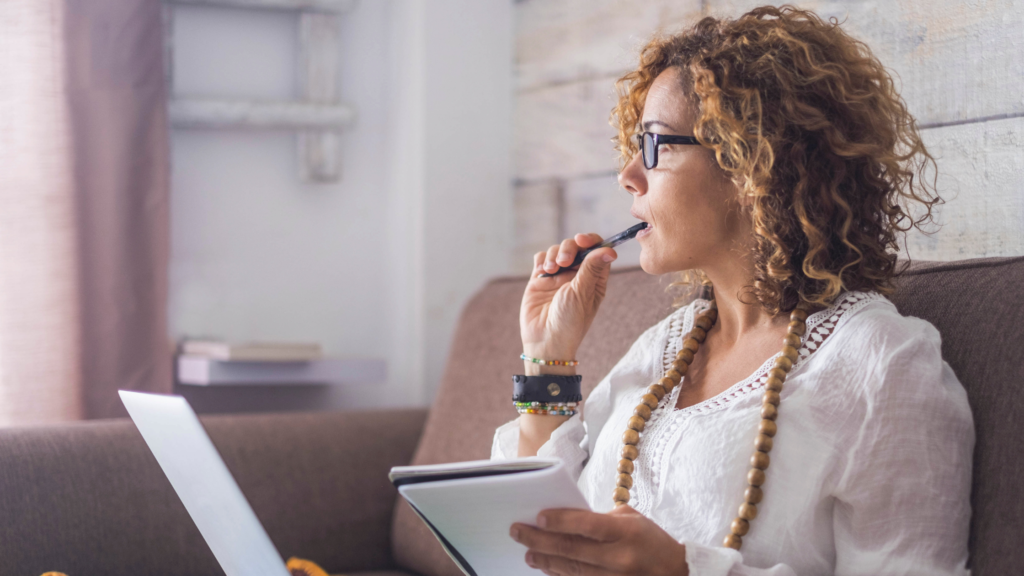
Research by the Emory Institute found that mind-wandering is a perfectly normal and accepted part of meditation. It’s what happens when our brain is operating in what’s called the Default Mode Network.
So rather than beating ourselves up about it, we just need to accept that it’s part of the process and be consistent in going back into our meditation practice.
I love this – as for me it takes all of that pressure off, and means I just need to have a strategy to bring myself back to the meditation.
3. Create a time and place for meditation
Having a daily time to meditate is powerful. For many of us it’s first thing in the morning before the rest of the house arises and daily activities call us.
You may also like to create a special place to meditate – it can be a special chair or cushion with candles or flowers nearby. Having a place you love to go helps to encourage you to have a daily habit.
In spiritual traditions people create very beautiful altars with incense, statues, candles, flowers or photos. In Bali for example every home has a temple that is visited daily with offerings by the women. It is truly beautiful.
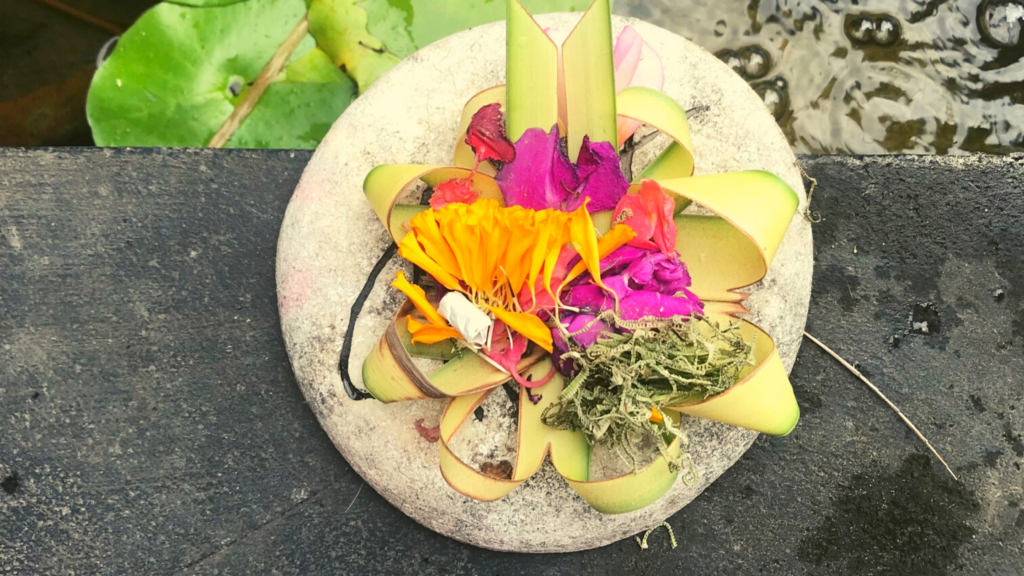
So with this let your own creative juices flow to create a space just for you.
4. Understand the essential elements of meditation
Dr. Andrew Newberg who’s studied meditators for 30 years and who was on Episode 28 of this podcast says there are three fundamental elements to any successful meditation
- Intention – setting an intention for our practice
- Relaxation – for our brains to do what it needs to do we need to be in a relaxed state
- Focus – the meditation needs a focused practice that we can return to and that brings us in the present moment.
So this for me explains why I have had such great results when I have been doing art, because when I draw and paint I’ve got an intention to be creative, I find doing art relaxing, and when I’m focused on my art it brings me to the present moment. The only issue for me with this is that right now I’m not doing art on a daily basis – which is fundamental to my next tip which is to be consistent.
So with whatever practice you choose make sure it includes these three elements.
5. Be Consistent
The approach that I teach is to be consistent in your practice every day. The research shows that even five minutes a day for up to eight weeks will make a difference to you and provide some benefits.
I’m a strong believer in these micro-decisions to create daily practices are what make all the difference to the levels of fulfillment and success we feel in our lives.
6. Trust the Process of Meditation
Remember meditation has cumulative benefits. It’s not about doing something now, that will then give a direct benefit in an hour. While the brain is completely plastic and can create new neural pathways it needs a little more time than that!
If you have a consistent practice over eight weeks you’ll start to see differences across your life – in your personal and your work relationships, with your partner, your children, your family, your work colleagues or employees.
7. Choose a Practice that Resonates with You
Find a practice that resonates with you. If the first practice you try doesn’t work keep going. There are a lot of choices out there.
This brings me to the style of meditation that I teach, which is called Frequency Meditation. I developed this form of meditation as part of my overall framework for personal empowerment and connection because I wanted a format that:
- Felt gentle, compassionate, and doable rather than rule-bound
- Acknowledged busy people leading busy lives need techniques that work but do not take hours daily
- Took into account the latest science and spirituality – that was a bridge between the two
- Worked with my overall Your Freedom Unlimited Program – a framework and approach to creating more freedom, happiness, and confidence within so we can do what matters most.
Overall my approach to meditation is about being very gentle and very, very, very compassionate with yourself. I come from a background of being anxious and perfectionistic. So for me, I did not want to use meditation as another tool to beat myself up with or to be not good enough at.
Over To You – Get Your Free How to Meditate for Beginners Guide
So if you’d like to try this out for yourself you can get access to my How to Meditate For Beginners Guide – which includes a short training video with me and two free guided meditations – just 6 and 10 minutes long – to help you get started.
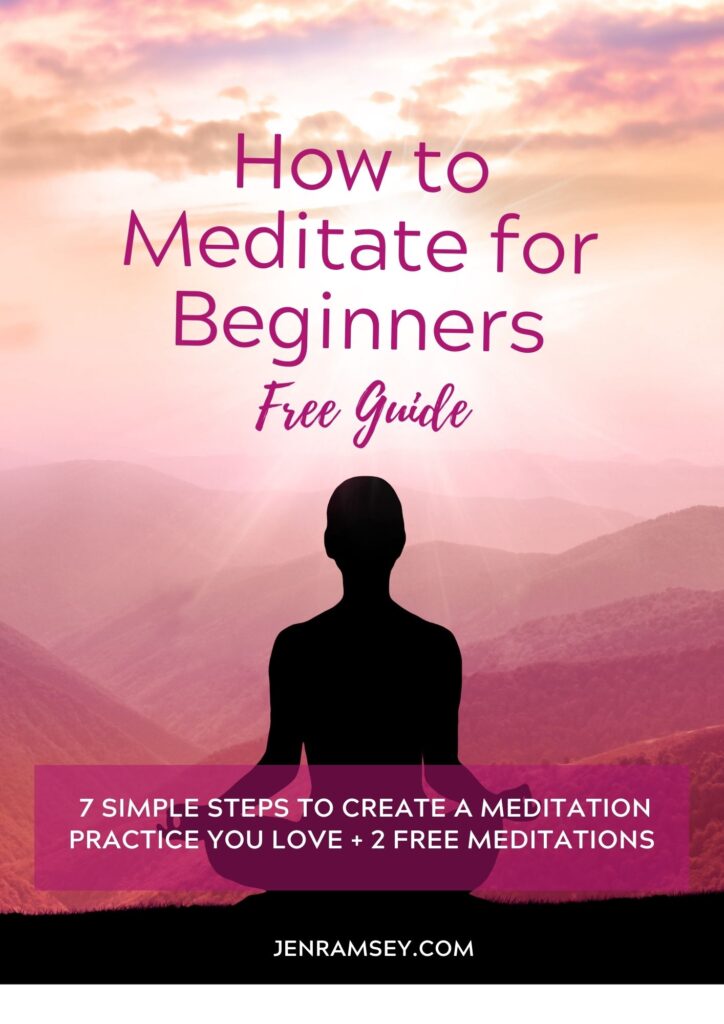
To access it visit jenramsey.com/begin
As always thank you for listening and please share this episode with anyone you feel may benefit.
Also please subscribe, rate and review the podcast as well.
And if you want a copy of my free How to Meditate For Beginners Guide – which includes a short training video with me and two free guided meditations – just 6 and 10 minutes long visit jenramsey.com/begin.
Until we speak again take great care.
Let’s connect:
Website:jenramsey.com
Email: hello@jenramsey.com
Facebook: https://www.facebook.com/jenramseyfreedom/
Instagram: @jenramseyfreedom
Twitter: https://twitter.com/Jen_J_Ramsey
YouTube: https://www.youtube.com/channel/UCh6ICeTAMgNGfbJdBR67a3g











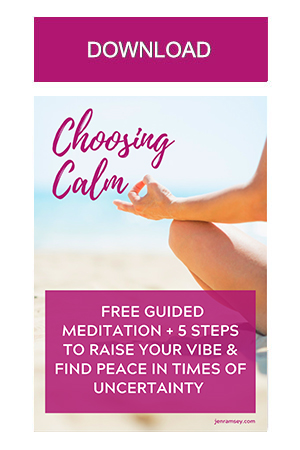
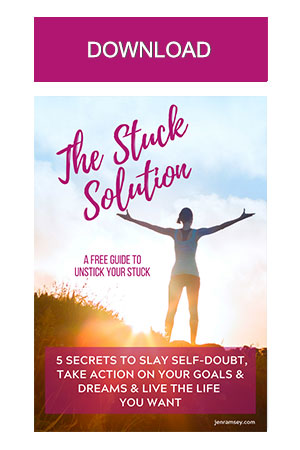

Greetings! Very useful advice within this article! It’s the little changes that will make the greatest changes. Thanks for sharing!
Thank you so much for your comment. I really appreciate it.
Way cool! Some extremely valid points! I appreciate you penning this write-up and the rest of the site is also really good.
Very good information. Lucky me I recently found your website by chance (stumbleupon). I have book marked it for later!
Looking forward to reading more. Great blog article. Keep writing.
Hello! I’ve been following your website for a while now and finally got the bravery to go ahead and give you a shout out from Kingwood Texas! Just wanted to tell you keep up the great job!|